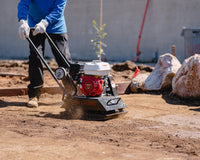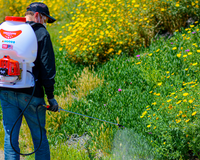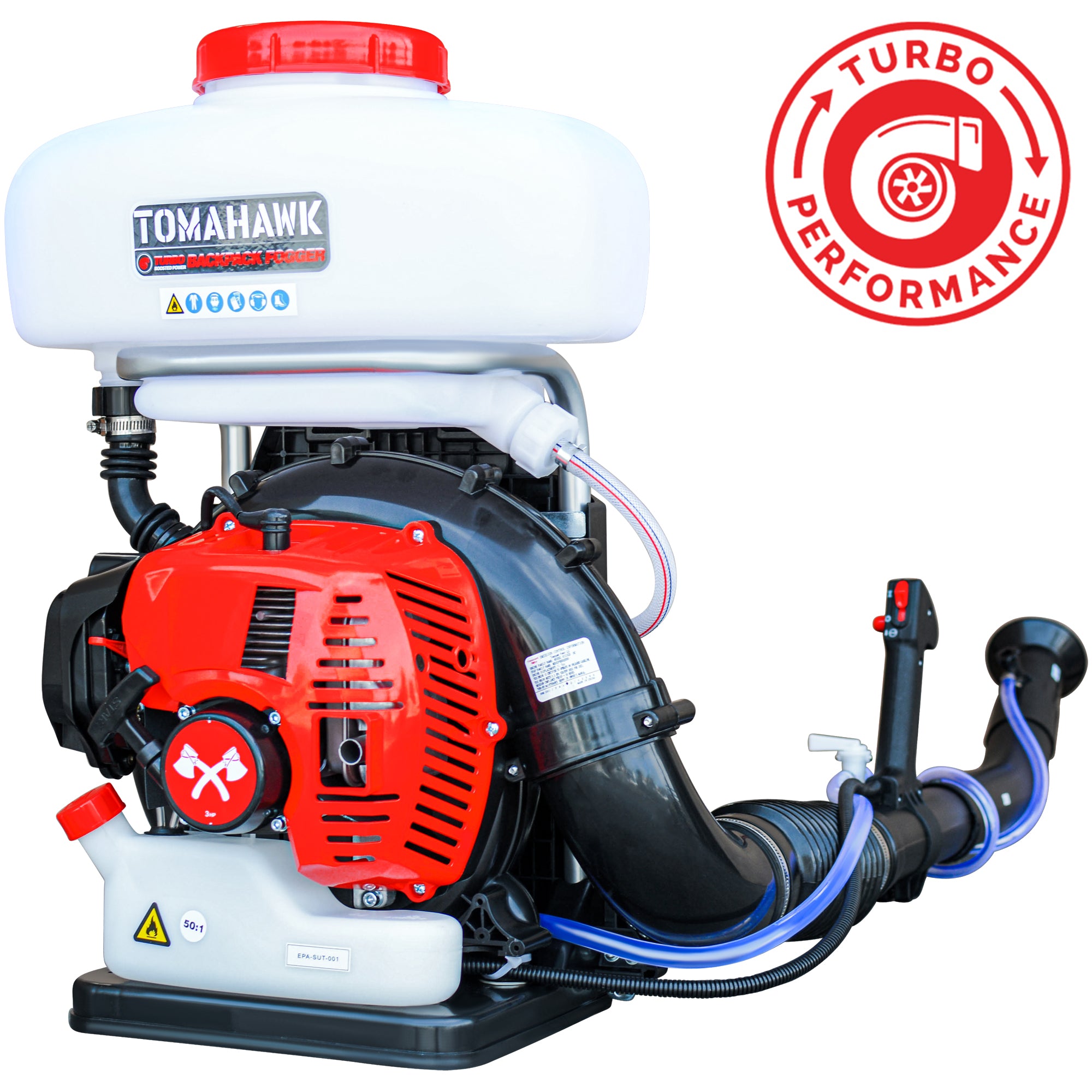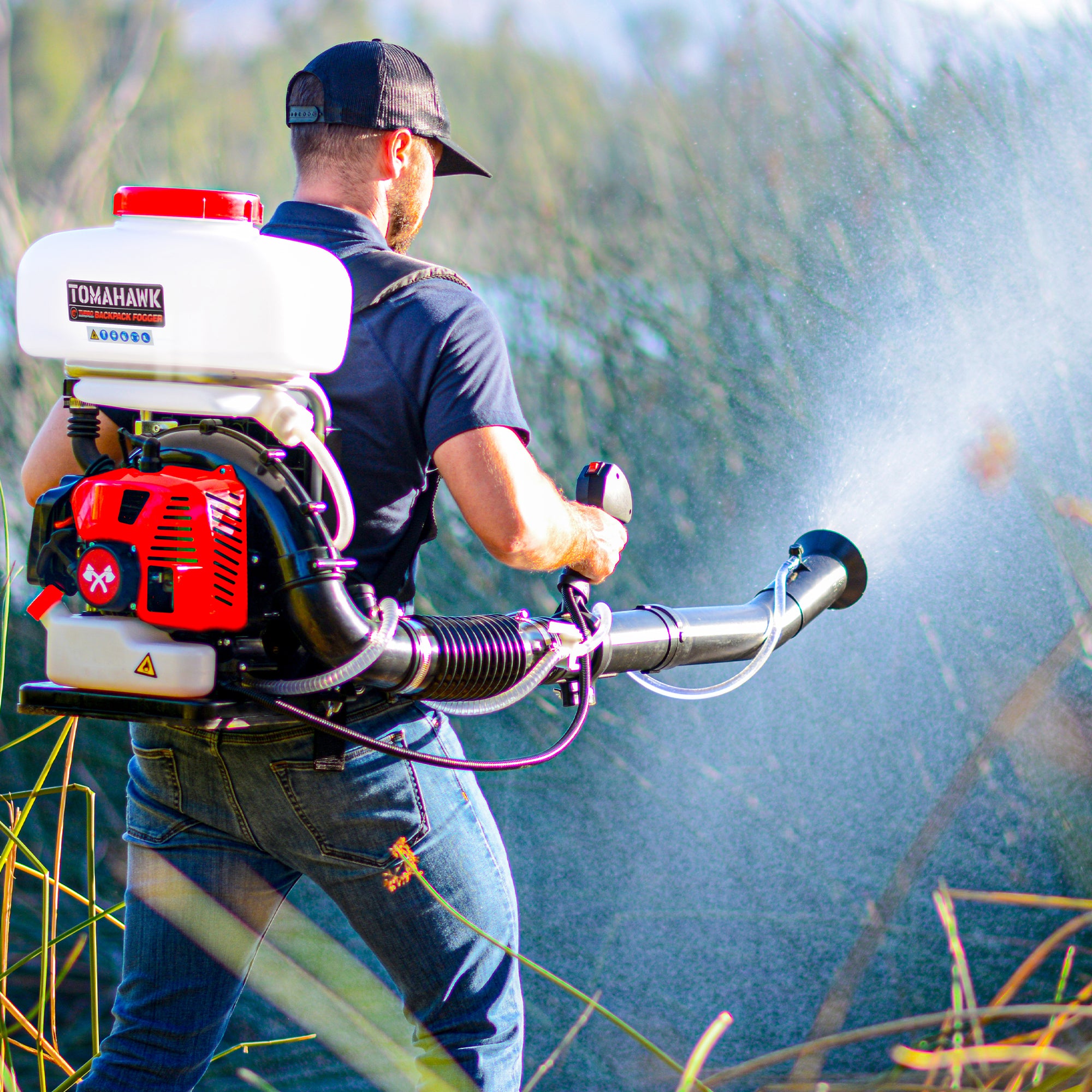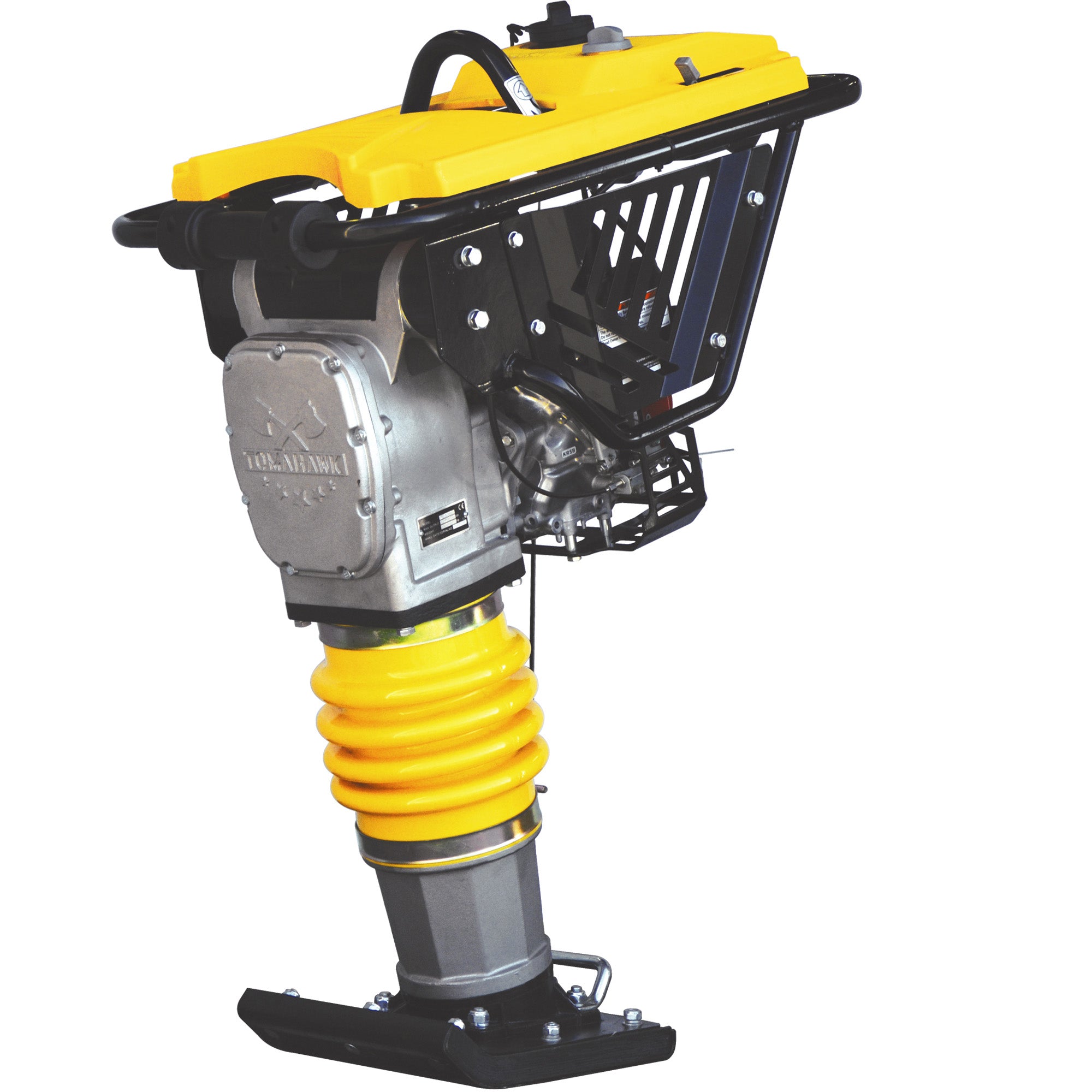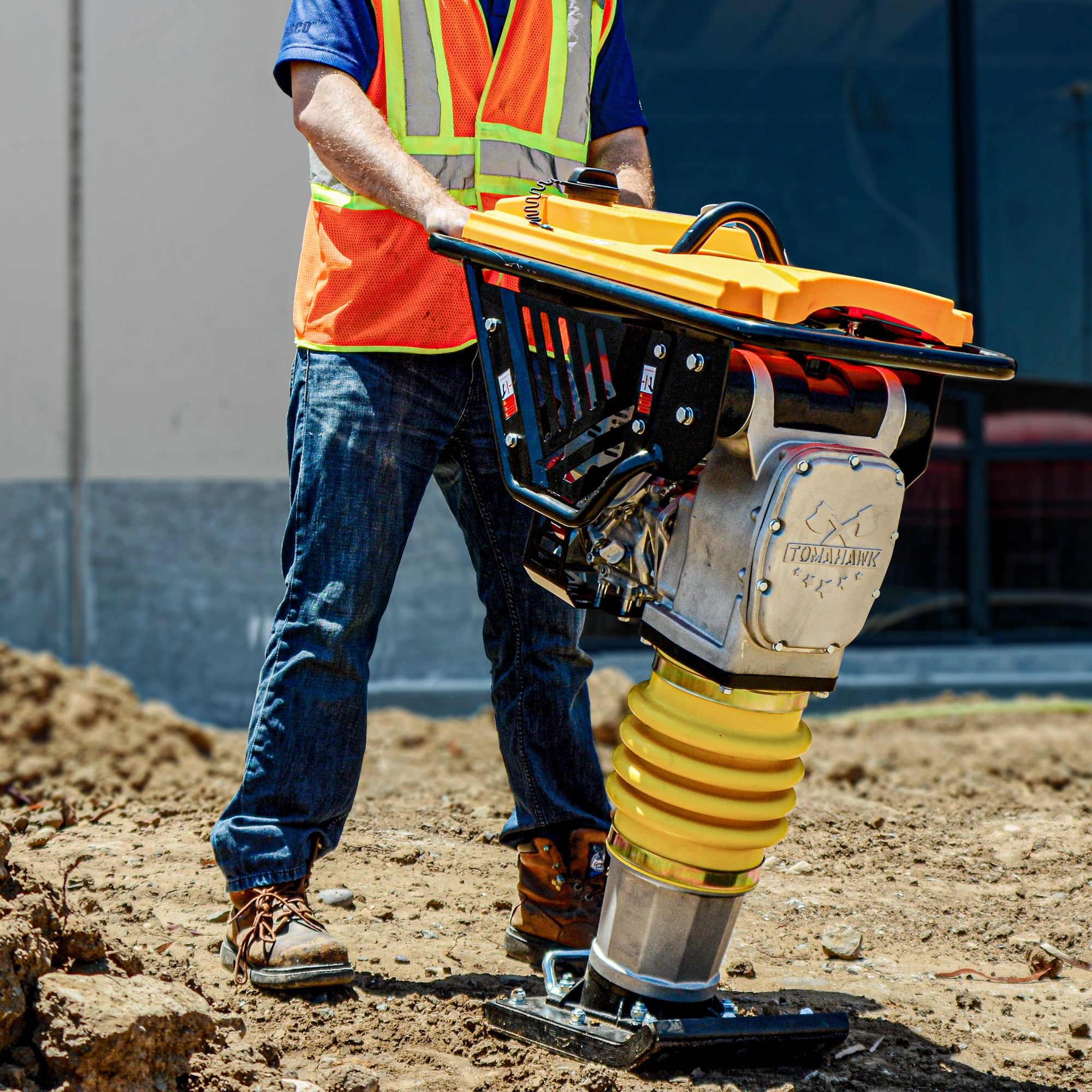Articles
Boost Crew Productivity with Ergonomic Lifting Tools
In fast-paced construction and landscaping environments, productivity hinges on more than just manpower. It depends on the right tools—especially when the job involves moving heavy stone, porcelain pavers, or concrete slabs. Crew fatigue, material damage, and installation errors often trace back to outdated lifting methods. That’s where ergonomic lifting solutions come in, giving contractors the advantage in both efficiency and safety.
Tool Up: Material Handling Equipment for Contractors
When the job site gets demanding, the right tools make all the difference. For contractors dealing with heavy materials—like concrete slabs, stone pavers, or large-format tiles—relying solely on manpower can lead to injury, delays, and costly breakage. Equipping your crew with modern material handling equipment isn’t just a smart move—it’s an operational necessity.
Why Vacuum Lifters Are Perfect for Patio Jobs
When it comes to patio construction, precision and efficiency go hand in hand. Whether you're a contractor working on a high-end backyard remodel or a homeowner laying pavers for a new entertaining space, handling heavy materials safely and efficiently can make or break the project—literally. With so many risks tied to lifting stone slabs, concrete tiles, and porcelain pavers by hand, vacuum lifters have emerged as the go-to solution.
How to Transport Tile Without Cracks or Breaks
Moving large tiles—especially porcelain or stone varieties—can be one of the riskiest steps in a construction or hardscaping job. Whether you’re a contractor handling a commercial renovation or a DIYer upgrading your backyard patio, understanding how to handle large tiles without damage is key to avoiding material waste, project delays, and injury.
Training Your Crew to Use Material Lifters
As hardscaping jobs grow in size and complexity, many contractors are turning to vacuum lifters and other advanced paver lifting tools to boost efficiency and safety. However, integrating this kind of equipment requires more than just handing your team a new machine. Proper training ensures the tool is used effectively—protecting both your crew and the materials being moved.
How Vacuum Lifters Improve Jobsite Efficiency
Moving large-format pavers, concrete slabs, or natural stone has always been one of the most demanding parts of any hardscaping or construction project. Traditionally, teams rely on multiple workers, brute strength, and a lot of time to handle these materials. But with the advent of advanced vacuum lifters, the job can be done faster, more safely, and with significantly less physical strain.
The Right Way to Move Large Concrete Slabs
Moving concrete slabs is one of the most physically demanding and high-risk tasks in construction and landscaping. Whether you're working on a residential patio or a municipal sidewalk, mishandling these materials can lead to injuries, broken product, and delays. Fortunately, using proper concrete slab lifting solutions can dramatically change the outcome—both in safety and speed.
Avoid Injury: Use Vacuum Lifters on the Jobsite
When it comes to installing pavers, concrete slabs, or natural stone, muscle alone shouldn't be the plan. Lifting heavy materials repeatedly without ergonomic tools puts workers at risk—risk of injury, strain, and even long-term damage. As jobsite safety standards rise, using smarter, safer equipment like vacuum lifters isn’t just a recommendation—it’s rapidly becoming the norm.
How to Lift Stone and Pavers Safely and Easily
Handling large-format pavers, natural stone, and concrete slabs is one of the most physically demanding aspects of hardscape work. Whether you're a contractor juggling commercial installs or a DIYer upgrading your backyard patio, knowing how to move heavy materials safely and efficiently can make the difference between a smooth project and a costly injury or setback.
Why Every Hardscaper Needs a Vacuum Lifter
Hardscaping has evolved beyond traditional tools and techniques. With the rising use of large-format pavers, porcelain slabs, and natural stone, contractors and DIYers alike are realizing that the old ways of lifting and setting materials no longer cut it. For those looking to protect their bodies and their materials, vacuum lifters are becoming essential tools on the job site.
How a Powerful Pump Saves Time and Labor
Time is money—especially on busy jobsites or during storm emergencies where water needs to be moved fast. Whether you’re draining a trench, handling a flood response, or managing irrigation runoff, choosing the right pump is one of the most overlooked ways to streamline operations. Powerful submersible water pumps, when used correctly, can significantly reduce manual labor, cut downtime, and even prevent costly damage.
Avoid These Mistakes When Using Water Pumps
Using a water pump seems straightforward—drop it in, plug it in, and let it run. But even seasoned contractors and property managers can make costly mistakes when it comes to pump selection, setup, and maintenance. Whether you're managing trench water on a jobsite or draining a flooded basement, knowing how submersible water pumps work and why they’re used can help you avoid downtime, equipment failure, and unnecessary repairs.
How to Install a Submersible Pump in Minutes
Installing a submersible water pump can seem intimidating, but with the right approach and some practical know-how, you can be up and running in no time. Whether you're a contractor managing jobsite water or a homeowner facing a flooded basement, quick and correct installation is the first step toward effective drainage. Knowing how submersible water pumps work, why they’re used, and what to expect during setup can help you avoid delays and costly mistakes.
Contractor Tips for Pumping Water on Large Sites
On expansive construction sites, water is often more than a nuisance—it’s a potential project delay, safety hazard, and logistical challenge. From heavy rain to groundwater seepage, the ability to pump water quickly and effectively can make or break a job’s timeline. Contractors who understand how submersible water pumps work and how to deploy them strategically gain a competitive edge.
Why Flow Rate Matters: Choosing the Right Pump
When water needs to be moved fast—whether from a flooded basement or a jobsite trench—flow rate becomes more than just a number on a spec sheet. It determines how quickly a space can be cleared, how effectively downtime is minimized, and whether a project stays on track. Understanding how submersible water pumps work and how flow rate impacts their performance is essential for making the right purchase.
What to Consider Before Buying a Submersible Pump
When dealing with water removal—whether from basements, construction sites, or irrigation trenches—selecting the right submersible pump can make the difference between a job well done and costly delays. While the market offers a wide range of options, not every pump suits every task. Understanding how submersible water pumps work and what features matter most for your use case is crucial.
Preventing Basement Water Damage with Submersible Pumps
Basements are naturally vulnerable to water damage. Because they sit below ground level, they're prone to water infiltration from heavy rains, rising groundwater, plumbing failures, or even poor exterior grading. When water pools, it doesn’t just soak into the concrete—it invites mold, structural damage, and costly repairs.
Flooded Jobsite? Here’s How a 1HP Pump Can Help
Few setbacks are as disruptive as standing water on an active construction site. Whether caused by heavy rain, rising groundwater, or unexpected plumbing failures, site flooding can halt progress and jeopardize safety. That’s why dewatering solutions are not a luxury—they’re a necessity.
The Benefits of Higher Capacity Water Pumps
Water removal needs vary widely—from managing storm-flooded basements to clearing jobsite trenches. In these demanding scenarios, low-power pumps often struggle to keep up. That’s where high-capacity pumps, particularly 1 HP submersible units, make a measurable difference in both time and outcome.
When to Upgrade to a 1HP Submersible Pump
In the world of water management—whether on a jobsite, in a flooded basement, or across farmland—pump capacity matters. As projects scale or water volumes increase, a smaller utility pump may start showing its limits. That’s when it’s time to consider moving up to a 1HP submersible pump, like the Tomahawk TDP750.
How to Reduce Fatigue When Using Heavy-Duty Demolition Tools
Working with tools like an electric jackhammer for tile removal or breaking up concrete slabs with a demolition hammer requires strength, focus, and stamina. For contractors, DIYers, and crews alike, fatigue isn’t just uncomfortable—it’s a safety risk. When muscles tire and concentration dips, injury and tool misuse become far more likely.
Preparing Residential Jobsites for Heavy-Duty Demo Work
Before the first tile is lifted or slab is broken, evaluating your jobsite ensures everything from tool choice to safety is handled proactively. Residential demolition often involves working in tighter, more delicate areas than large-scale construction zones. This means considering structural stability, surrounding finishes, and even neighborhood noise ordinances.
What Materials Can a 12 Amp Demo Hammer Break?
A 12 amp electric demolition hammer sits at the ideal intersection of power and maneuverability. Whether you're a contractor evaluating a heavy duty electric jackhammer for a jobsite or a homeowner searching for the best tool to remove old tile floor, understanding its capabilities is essential.
Demo Hammer Buyer’s Guide for General Contractors
In construction, few tools match the brute necessity of a demolition hammer. Whether you’re trenching through tough concrete, removing tile floors, or tearing out asphalt driveways, choosing the wrong tool can cost your crew time, energy, and equipment wear. For general contractors juggling multiple types of work, buying the right demolition hammer is more than a convenience—it's an investment.
How to Maximize the Lifespan of Your Demo Hammer
Whether you're breaking up concrete in your backyard or removing old tile in a bathroom renovation, the durability of your demolition hammer depends on how you use it. Many users—especially those new to power tools—unintentionally shorten the tool's life by skipping basic maintenance or applying too much force too often.
The Best Techniques for Controlled Demolition in Tight Spaces
Demolishing surfaces like tile, concrete, or mortar in cramped bathrooms, basements, or against foundation walls is a far cry from open-site concrete breaking. The challenge lies not only in the material but also in your ability to control vibration, debris, and positioning.
5 Common Mistakes When Demolishing Concrete
Whether you’re tearing up a patio, removing an old walkway, or prepping a slab for trenching, using the right tool and approach matters. Demolishing concrete can quickly turn into a frustrating or even dangerous task if done incorrectly.
When to Use a Demolition Hammer vs. a Jackhammer
Both tools are made for breaking things apart—but they’re not the same. While often used interchangeably, a demolition hammer and a jackhammer serve slightly different roles. Choosing the right one depends on what material you’re working with, how much force you need, and how precise you need to be.
Top Safety Tips for Using a 35lb Demolition Hammer
Demolition hammers are incredibly powerful tools. Whether you're using a jackhammer for patio removal, breaking up a concrete slab in the backyard, or working on an asphalt driveway, safety should always be your first priority. A 35-pound electric demolition hammer like the Tomahawk 1500W model is designed for tough jobs, but without the right handling, even experienced users can risk injury or damage to surrounding surfaces.
How to Choose the Right Demo Hammer for Your Job
If you’ve ever struggled to remove tile from concrete or break up an old slab in your backyard, you know that not all tools are created equal. When dealing with stubborn materials like concrete, mortar, or asphalt, a purpose-built demolition hammer saves time, reduces fatigue, and protects the subfloor or base layer underneath.



